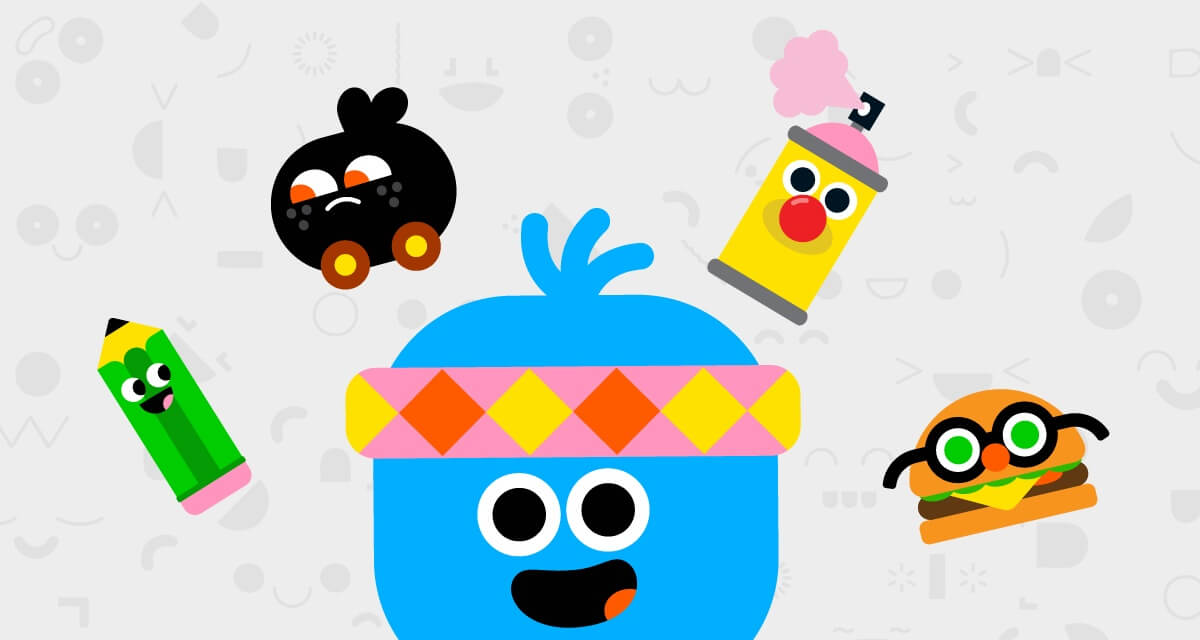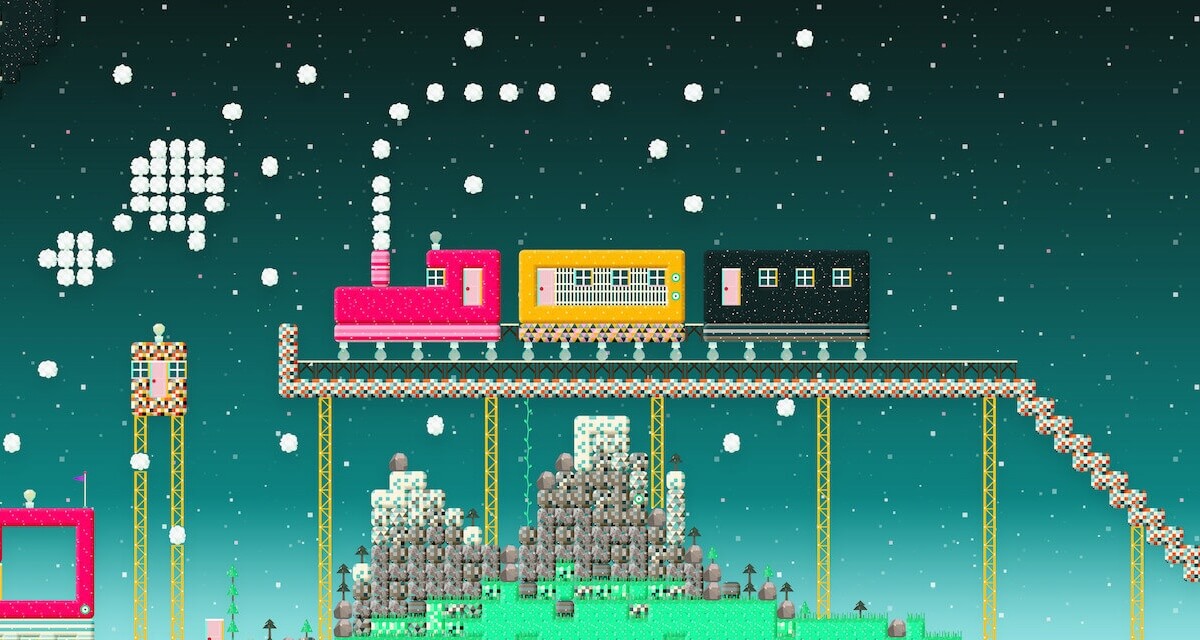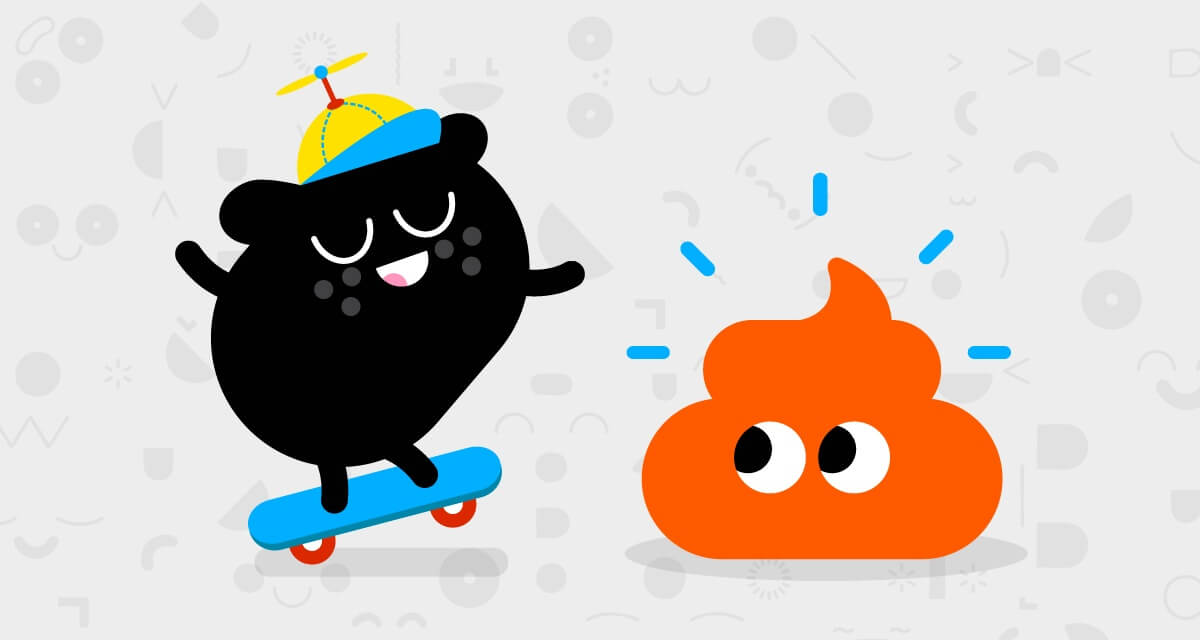- By
- Parker Barry
Are those much-anticipated holiday gifts already lost amid the clutter of other toys? Have you forgotten what your playroom floor looks like because it’s covered in toys? Want to keep kids’ play fresh and exciting without having to buy new toys all the time? Consider toy rotation — storing some toys away and displaying only a few at a time for play. Toy rotation is great for young kids because they aren’t overwhelmed by options, making it hard to choose something to play with or to focus their play enough to get into creative flow. Since fewer toys are out at any time, picking up is much easier, too. Here’s how to get started.
- 1. Sort. Start by sorting through the toys so that you can make a rotation plan. Put similarly themed toys together to give you an idea what you’re working with — building toys in one corner; pretend play in another; ride-on toys in one area; and push toys in another, for example. Work with what you have and create your own categories as needed.
- 2. Organize. Think of how your kids play and with whom. If you host playgroups at your home, you may want to have multiple version of the same types of toys included in a rotation, though if your at-home playtime is mostly solitary, one of each type would work. (Also, if you do host large playgroup gatherings, consider putting toys with lots of small pieces, like play food or building toys, in a box that can be easily removed from the play area to avoid them being scattered and lost if play gets a little wild.) You might include a ride-on toy, a push toy, a puzzle or sorting activity, a few books, a few musical toys, a building toy like blocks or a train set, and a pretend-play set like a doctor kit or kitchen set. It’s your system, so you could leave some toys out all the time if you want and just pick a few to rotate.
- 3. Arrange. Choose how you’ll arrange the toys based on your play area. Kids are more likely to want to play with something they can see, so putting toys on open shelves or in open baskets works better than buried in a toy box. Use low shelves that kids can reach easily or create stations in kids’ play areas with each of the toys. One corner could be the building corner, with the building pieces in a basket. A small rug on the floor could serve as the building platform and set the area apart.
- Store. Group your out-of-rotation toys and put them into bins. Store them out of sight and out of the way but accessible enough that you can get them easily for your rotation.
- Rotate. Depending on your schedule and your kids’ interest in the toys that are out display, rotate every few weeks or months. Get ready for an excited kid when rotation day comes! Truly, it’ll be like a holiday or birthday with new toys.
- Purge. Don’t forget to purge broken toys, those with missing pieces, or outgrown toys from the rotation so your rotation doesn’t get overly cluttered.



